[ENG-SPN] Following in the footsteps of Romanesque art through the lands of Almazán / Tras las huellas del Románico por tierras de Almazán
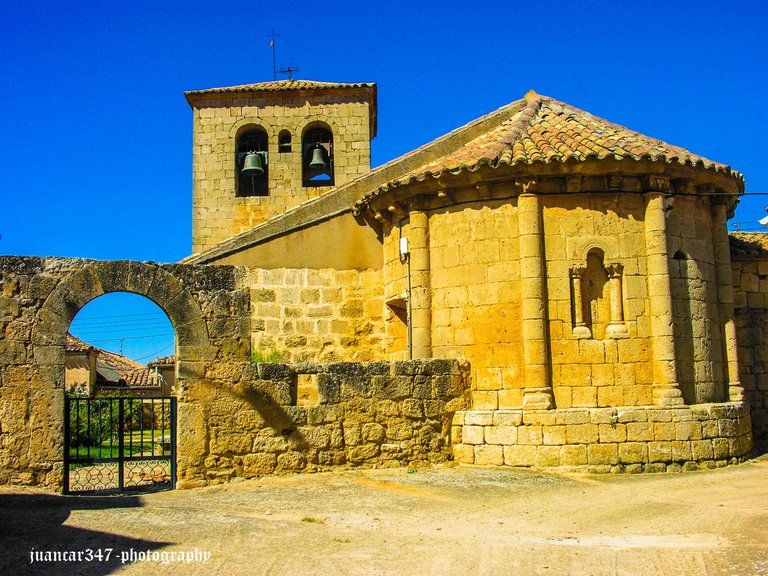
Leaving behind us is the old fortified city of Almazán, where, among other great historical milestones, the French mercenary Bertrand Du Guesclin was both judge and jury in settling the differences between King Peter I the Cruel and his illegitimate brother, Henry of Trastámara. The traveler embarks on a short adventure through these lands that shed so much blood, in search of what could well be considered its lost Romanesque architecture.
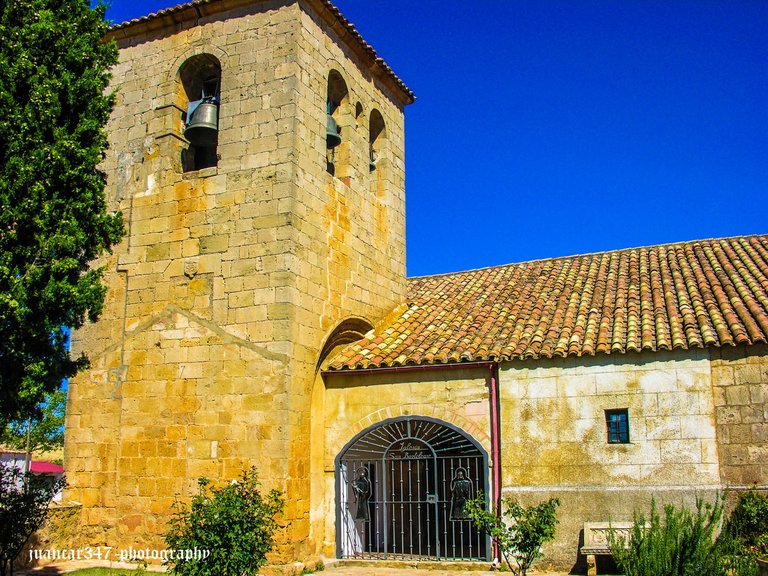
There is a town, Viana de Duero, which recalls the ancient cults of a goddess of strength, a hunter, and of ineffable character, as the daring hunter Actaeon was able to verify. It still preserves, although much modified and martyred by the ugly wiring of the electricity sockets, a good part of its original 12th-century structure, dedicated to the evangelizing Apostle of India—or at least, those were its intentions—and by default, highly venerated in the lands of Numantia: Saint Bartholomew.
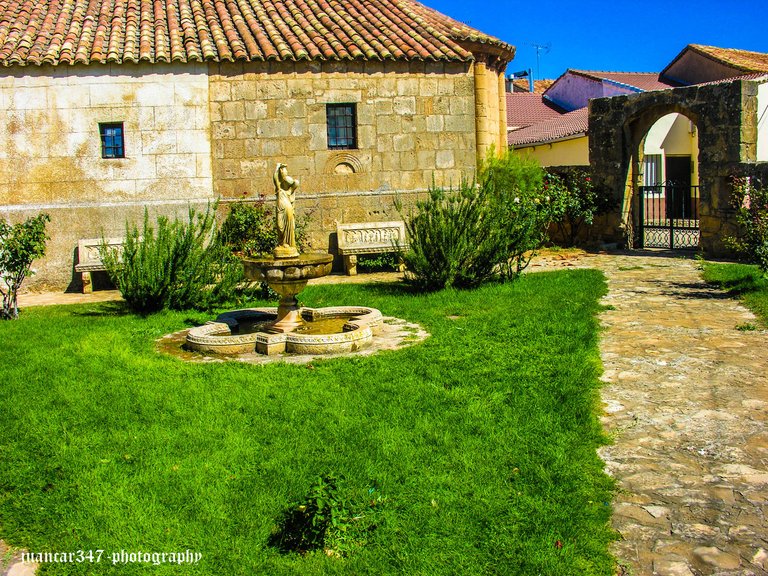
Due to its layout, with its small garden, in which a classical fountain resembles, in its shape, a four-leaf clover, it recalls that other one, located about twenty kilometers from the capital of Soria—on that pilgrimage route that, coming from Aragon, crossed the Numantian solitudes to disappear into the endless moors of Burgos—where the famous Peroniel captive came from and which, according to some rumors—whether good or bad, was Templar, which should not surprise us, since, due to the austerity of its sculpture, many historians see the influence of their sister order, although not armed, the Cistercians, and in this case, those from one of the most astonishing monasteries of the Middle Ages: that of Saint Mary of Huerta.
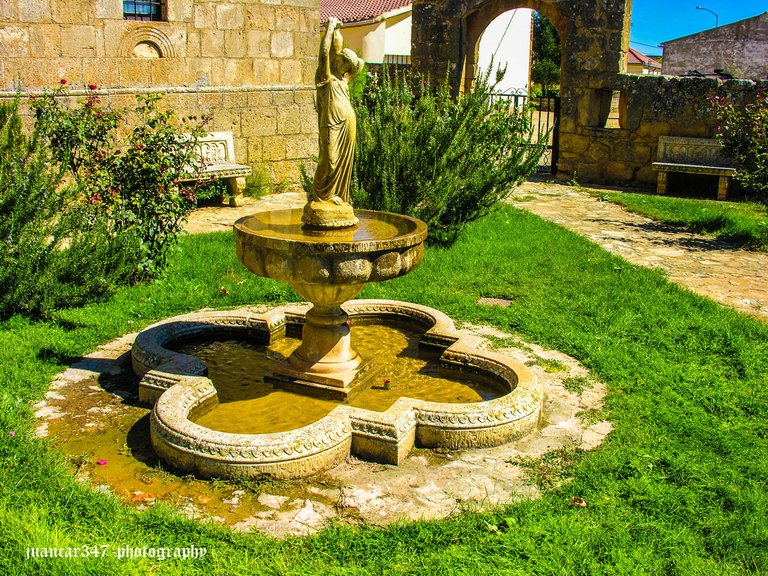
Queda atrás la vieja ciudad fortificada de Almazán, donde, entre otros grandes hitos históricos, el mercenario francés, Bertrand Du Guesclin, fue juez y parte a la hora de dirimir las diferencias entre el rey Pedro I el Cruel y su hermano bastardo, Enrique de Trastámara y el viajero emprende una pequeña aventura por esas tierras que tanta sangre se cobraron, en busca de lo que bien se podría considerar como su arquitectura románica perdida.
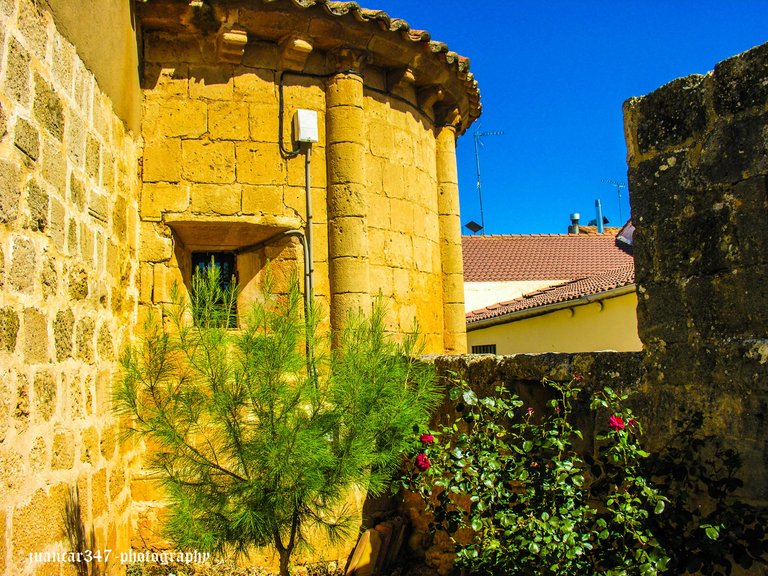
Hay un pueblo, cuyo, Viana de Duero, recuerda los antiguos cultos a la figura de una diosa de armas tomar, cazadora y de carácter inefable, como pudo comprobar el atrevido cazador, Acteón, que todavía conserva, aunque muy modificada y martirizada de parte por el feo cableado de las tomas de la luz, buena parte de su estructura original del siglo XII, dedicada al Apóstol evangelizador de la India -o al menos, esas fueron sus intenciones- y por defecto, muy venerado en las tierras numantinas: San Bartolomé.
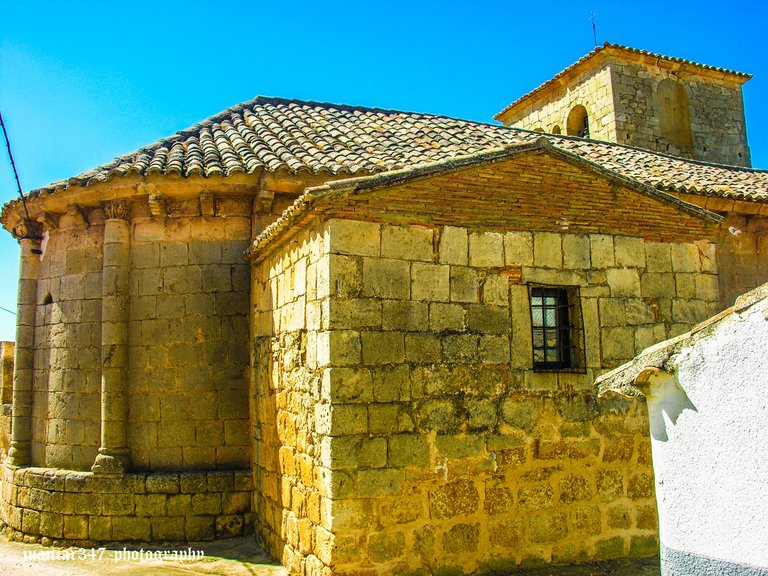
Por su disposición, con su jardincillo, en el que una fuente clásica recuerda, por su forma, un trébol de cuatro hojas, recuerda aquella otra, situada a una veintena de kilómetros de Soria capital -en ese camino de peregrinación que, proveniente de Aragón atravesaba las soledades numantinas para perderse por los infinitos páramos de Burgos- de donde procedía el famoso cautivo de Peroniel y que, según algunas lenguas -que cada uno juzgue si buenas o malas- fue de templarios, cosa que no debería de extrañarnos, pues, por la austeridad de su escultura, no son pocos los historiadores que ven influencia de su orden hermana, aunque no armada, que son los cistercienses y en este caso, aquellos procedentes de uno de los monasterios más asombrosos de la Edad Media: el de Santa María de Huerta.
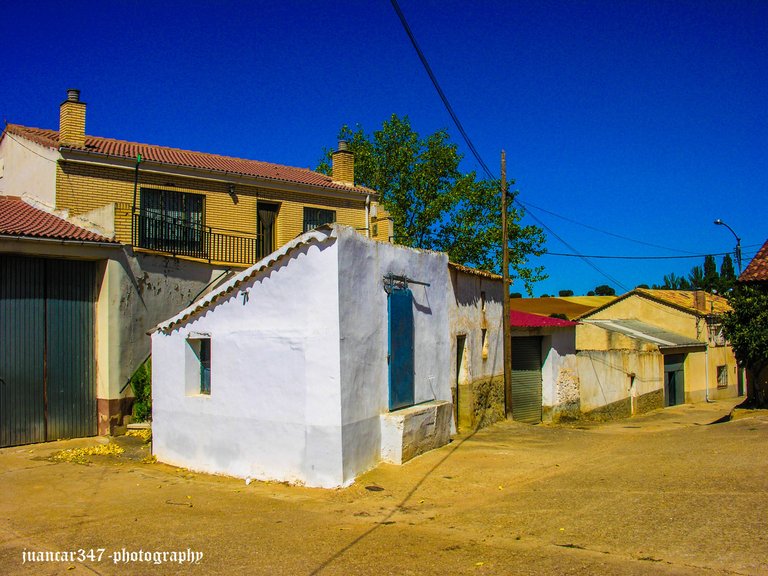
NOTICE: Both the text and the accompanying photographs are my exclusive intellectual property and are therefore subject to my Copyright.
AVISO: Tanto el texto, como las fotografías que lo acompañan, son de mi exclusiva propiedad intelectual y por lo tanto, están sujetos a mis Derechos de Autor.
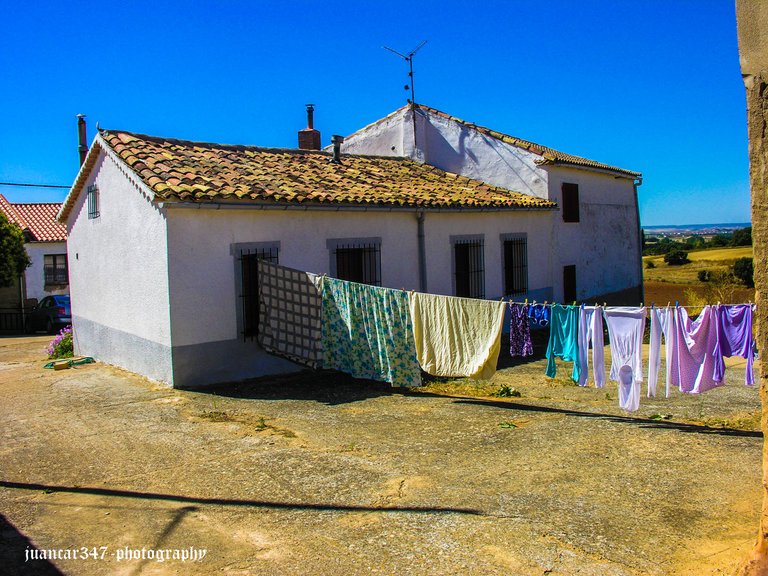
https://x.com/lee19389/status/1941278837008187820
#hive #posh